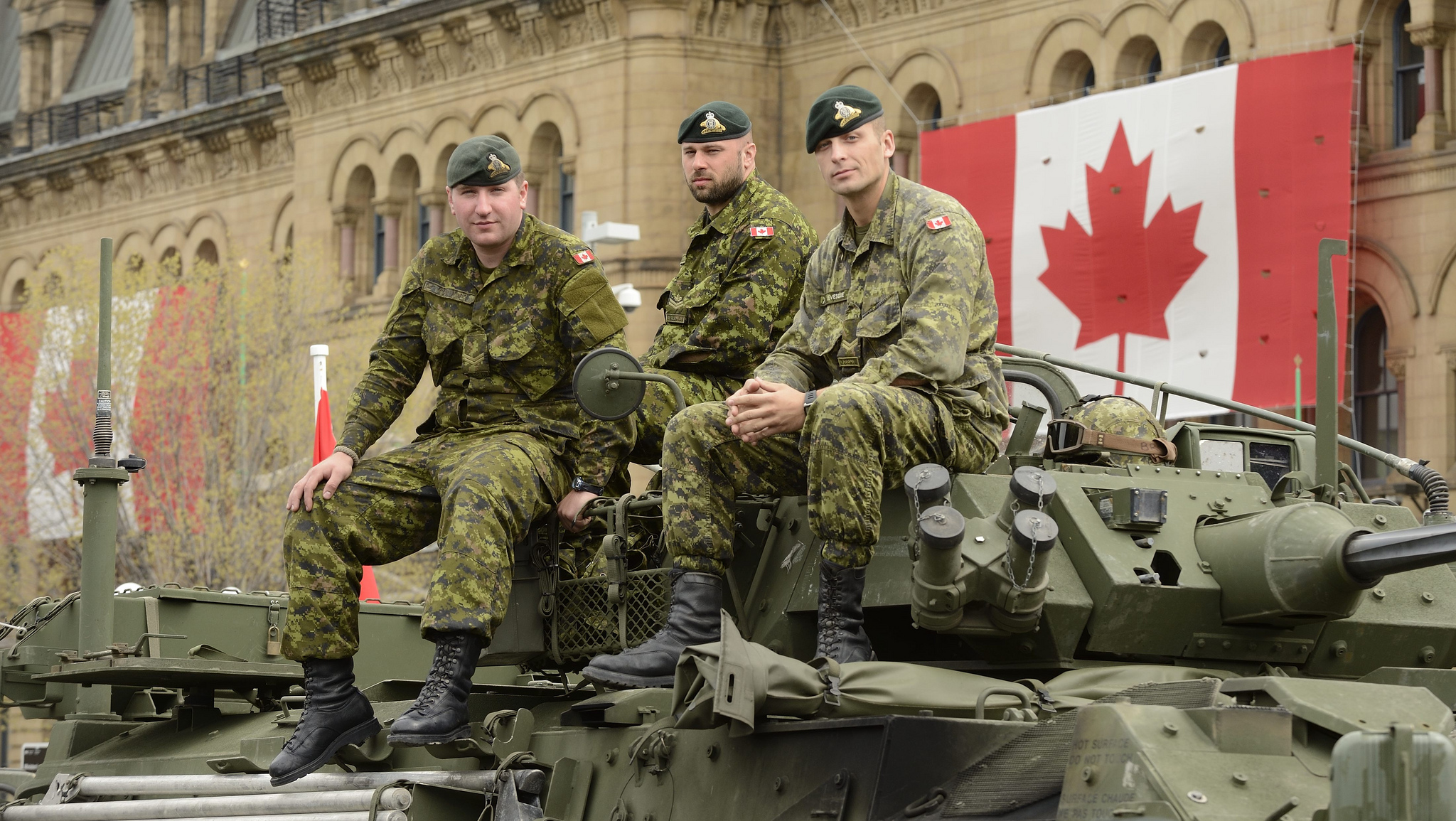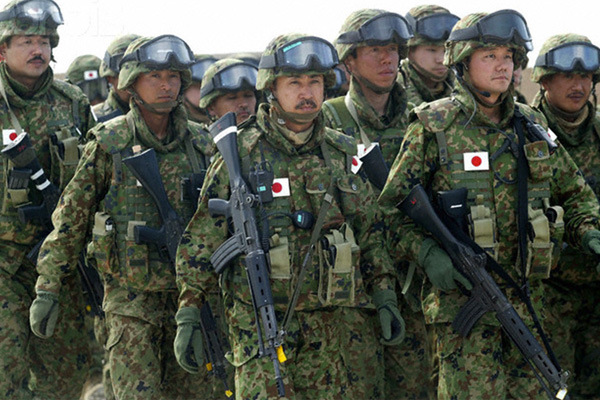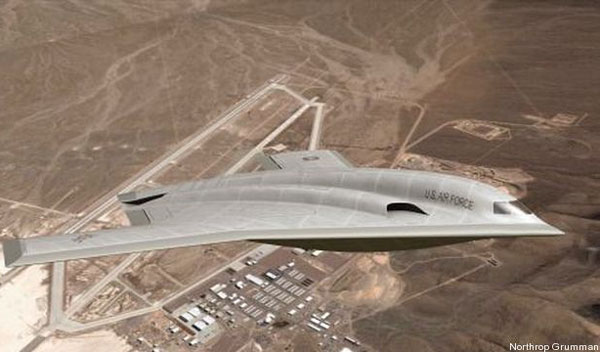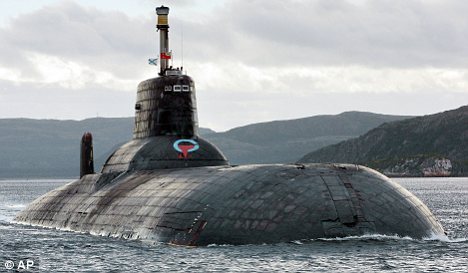This week, Republican front-runner Donald Trump expressed his latest ode to building his proverbial – and literal – wall around America: NATO allies need to stop freeloading off American defense capability and either significantly increase their defense spending or leave the Alliance. Trump stipulated in his speech on April 27, 2016, that smaller defense players will need to move away from a traditional band-wagoning strategy if the Alliance is to remain cohesive: “[NATO allies] have to put up more money. We are paying disproportionately. The countries we are defending must pay for the cost of this defence, and if not, the U.S. must be prepared to let these countries defend themselves. We have no choice.”
In 2006, as per NATO’s 2016 defense spending targets, Canada agreed to dedicate two percent of GDP to defense spending. A decade later, however, Canada has still to fulfill this promise. Although Canada’s real GDP growth is expected to gradually grow in subsequent quarters, an additional military commitment of $20 billion to meet NATO targets for 2016 is unlikely. Currently, the Canadian government would need to spend an additional $2 billion a year alone to maintain a very basic level of military procurement. Furthermore, Ottawa re-profiled $3.72 billion away from the procurement budget in March 2016. It would require the Canadian government to spend an additional $2 billion a year to maintain a very basic level of military procurement.
Further cuts in military spending may exacerbate current problems in the Canadian procurement system, ultimately weakening Canadian defence capability. Recent developments in military procurement have been marked by departmental disjointing and delays. Purchasing new fighters to replace CF-18s from the 1980s have been rescheduled. In 2004, CH-148 Cyclone helicopters were ordered to replace the out-dated CH-124 Sea Kings. Having just retired the infamous 1963 airframes in late 2015, the new CH-148 Cyclones are not expected to be operational until 2021, placing a burden on air force training operations.
As Canada’s defense strategy continues to bear heavily on technological know-how, the issue of budgetary restraints may hinder this strategy. Official documents obtained by the Canadian press attribute the delays in the procurement system to the continued technological development and maintenance of existing capabilities. However, continuous maintenance, let alone research and development, require substantial budgetary allocations. This may be challenging given other budgetary commitments and slow GDP growth into 2017, as Canada continues to adjust to a declined resource sector and low commodity prices. However, if the Canadian dollar continues to appreciate against the US dollar as predicted by analysts at The Bank of Canada, this may shift purchasing power in favour of the Canadian defense sector, however slightly.
How to save Canada’s defense capabilities from diminishing further?
A robust offset strategy may provide one of the better opportunities for continuous and sustainable military development. Canada’s military procurement strategy has traditionally leveraged a portion of contractual military projects to be reinvested into the Canadian economy, offsetting some procurement costs and creating new employment opportunities. Early engagement of the industry in the procurement process and a steadfast commitment to contractual obligations may seem obvious and necessary components of a successful offset strategy, but can be overlooked in practice, especially as budgetary needs get shifted.
While on a global level Canada’s defense industrial base (DIB) is uncompetitive, forgoing early indigenous industry engagement in the procurement process may prove more costly in the future – should military requirements demand a capability that no longer exists. As Canada remains a contributor to North America’s DIB, decreased capabilities compounded by disappearing supply chains can indeed prove disruptive to NATO operations should they be needed in an immediate security challenge.
Sustained early indigenous engagement is required if procurement offsets are to accrue maximum benefit to the Canadian people and economy. There is no need to supply American voters with another reason to let Trump build his wall.
Photo courtesy of Sgt Jean-Francois Lauzé (Garrison Imaging Petawa).




